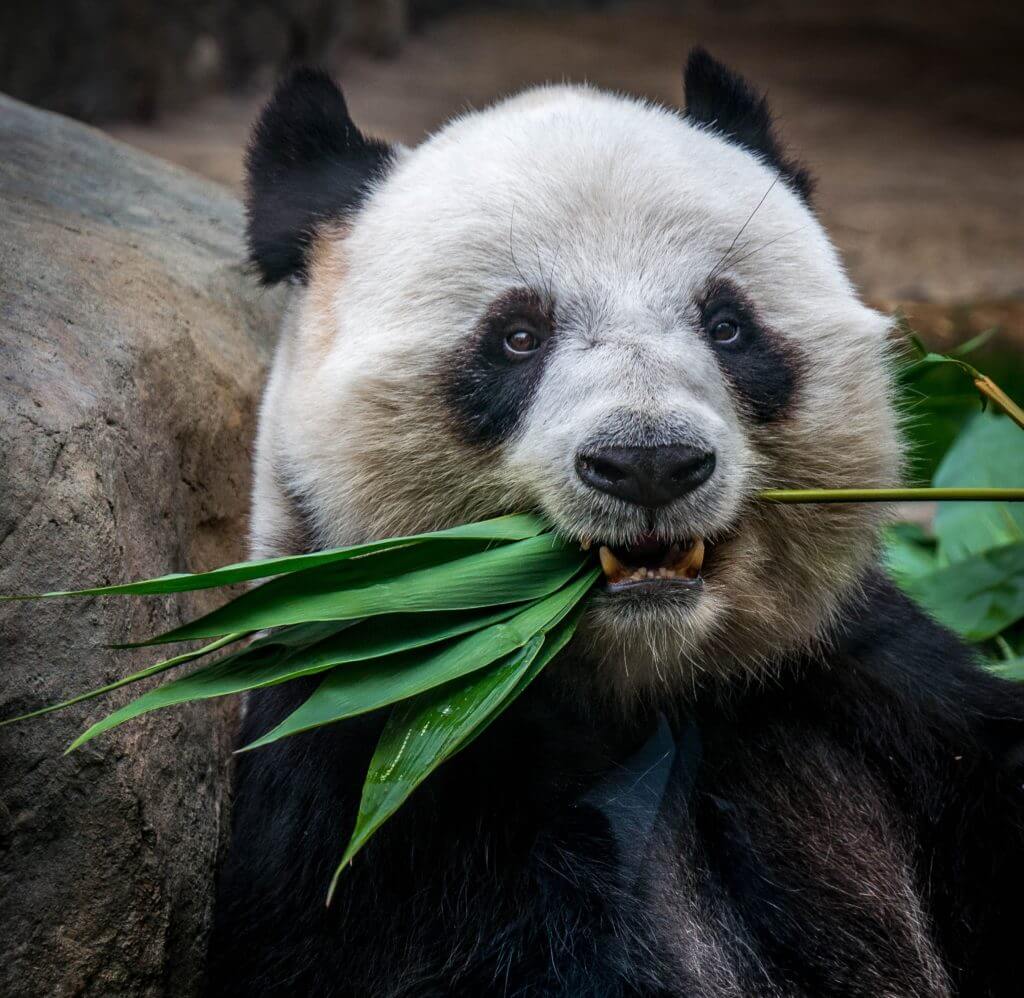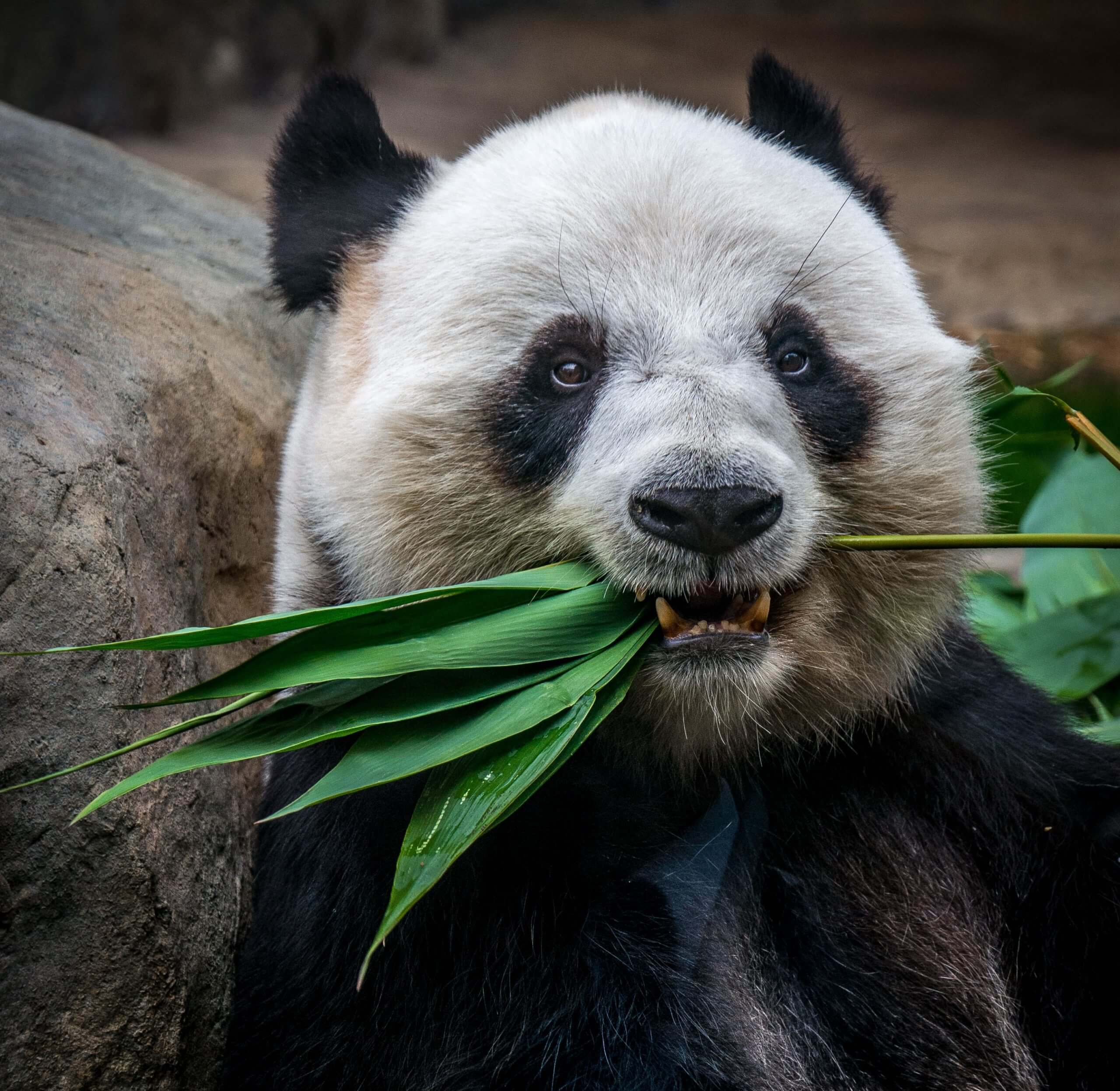Despite the fact that the giant panda only eats fibrous bamboo, they seem to maintain their health and plump figure, even during the cold weather season. Thanks to the panda’s gut microbes, they are able to keep more fat during the months when bamboo shoots are scarce. Certain bacteria help the bears maintain body fat and nutrients, according to a recent study.
“This is the first time we established a causal relationship between a panda’s gut microbiota and its phenotype,” says first author Guangping Huang, in a statement. Huang works in the Key Laboratory of Animal Ecology and Conservation Biology at the Institute of Zoology, Chinese Academy of Sciences. “We’ve known these pandas have a different set of gut microbiota during the shoot-eating season for a long time, and it’s very obvious that they are chubbier during this time of the year.”

When food supply varies, the gut microbiome transitions in some animals to help them compensate for the environmental shift. As bamboo shoots enter a period of dormancy in the winter, giant pandas feast on less-nutritious bamboo leaves. This leads to a decrease in the bacterium Clostridium butyricum, according to the researchers.
Fuwen Wei of the Institute of Zoology is the head of the team that has been researching giant pandas in the wild for years. Bamboo leaves are the primary food source for most of these species throughout the year. However, in the spring and summer months, they are able to eat freshly emerged bamboo shoots, which are high in protein.
The bacterium C. butyricum is far more prevalent in the pandas’ guts while they are consuming shoots than when they are eating leaves, according to Wei. To see whether changes in gut bacteria impact panda metabolic activities, the scientists transplanted panda feces into microbe-free mice. In order to mimic the diet of pandas, the researchers nourished the mice with bamboo for three weeks.
“For endangered and vulnerable wild animals, we can’t really run tests on them directly. Our research created a mouse model for future fecal transplant experiments that can help study wild animals’ gut microbiota,” says Huang.
It was shown that panda feces from metabolized bamboo shoots boosted the body weight and fat content of the mice more than the feces from metabolized bamboo leaves. Additionally, butyrate, a fatty acid produced by C. butyricum, was shown to amplify the activity of the Per2 gene associated with circadian rhythm. This gene enhances the production of lipids and their ability to store energy which gives the pandas metabolic fuel during the winter months.
Scientists hope to learn more about the panda’s gut health by mapping the microbes in its digestive tract. “Causal research of host phenotype and gut microbiota in wild animals is just beginning. Identifying what bacteria are beneficial for animals is very important, because one day we may be able to treat some diseases with probiotics,” adds Huang.
Find the full study in Cell Reports.
